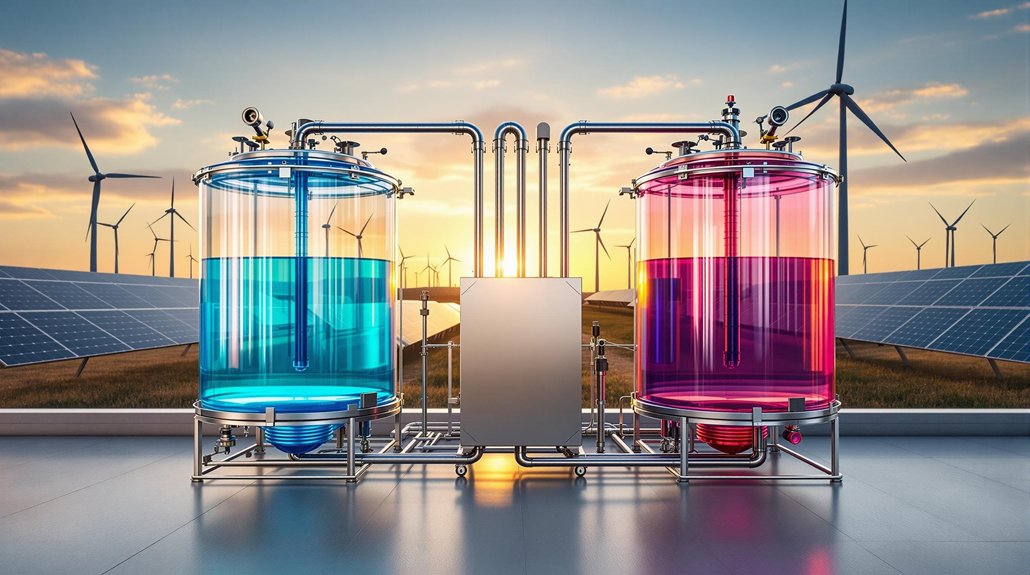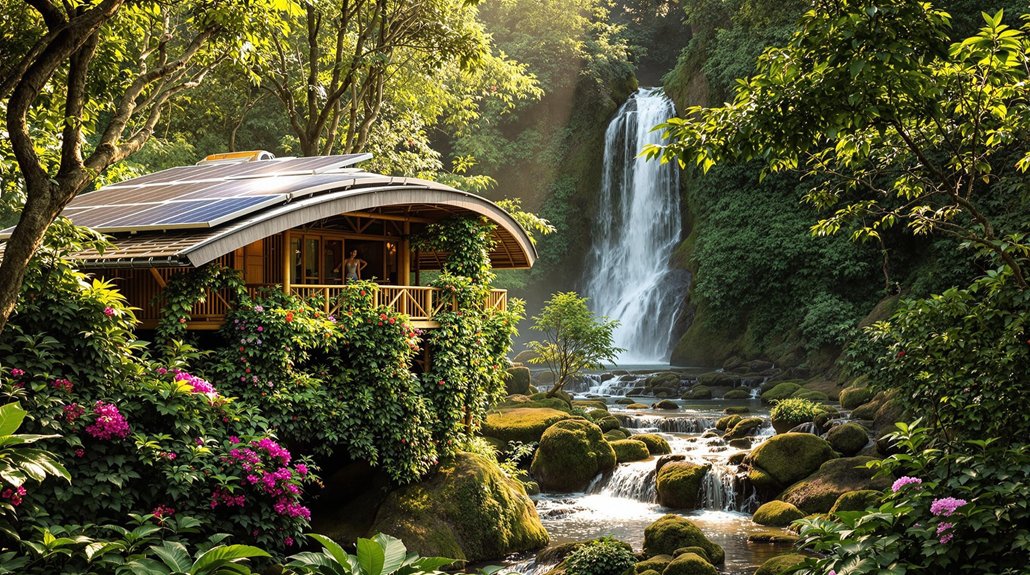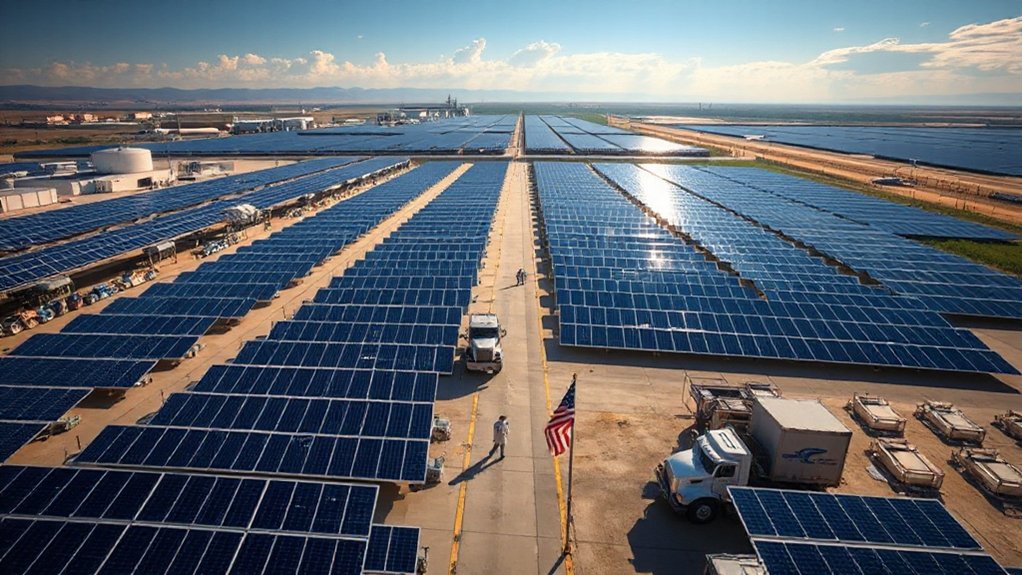Wind turbine blades come in two main flavors: horizontal and vertical-axis designs. The familiar three-bladed horizontal giants dominate the landscape, stretching up to 350 feet long. Vertical-axis types include the egg-beater-style Darrieus and the ice-cream-scoop Savonius models. While less efficient, vertical designs handle chaotic winds better. Most blades use fiberglass or carbon fiber construction, with shapes mimicking airplane wings. The evolution of blade technology keeps spinning forward.

Various types of wind turbine blades slice through the air across the globe, converting wind energy into electricity with surprising efficiency. The most common type you’ll spot dotting the landscape are horizontal-axis turbines, those massive three-bladed giants that look like airplane propellers on steroids. These bad boys can stretch over 100 feet long – and they’re not done growing yet. The longest blades now exceed 350 feet, which is absolutely ridiculous when you think about it.
Then there’s the weird cousin of the wind turbine family: the vertical-axis design. You’ve got your Darrieus turbines, looking like enormous eggbeaters stuck in the ground, and the Savonius type, which honestly resembles a giant ice cream scoop cut in half. They’re not as efficient as their horizontal counterparts, but hey, at least they don’t need to play that endless game of “which way is the wind blowing?” Areas with less predictable wind patterns often benefit from having more blade count for better stability. Even blade sets tend to create unwanted vibrations and are harder to keep balanced.
The materials science behind these massive blades is pretty fascinating. Most are made from fiberglass reinforced plastics, but carbon fiber is becoming the new hot thing for bigger blades. Some smaller turbines still rock it old school with wood or aluminum, but that’s like bringing a knife to a gunfight these days. The aerodynamic forces convert wind’s kinetic energy into usable electricity with remarkable precision.
The shape of these blades isn’t random either – they’re basically airplane wings standing on end, twisted and tapered like a master sculptor got hold of them.
Three blades seem to be the sweet spot for most turbines. Two-blade designs exist, but they’re about as popular as a vegetarian at a barbecue competition. Single-blade turbines are even rarer – they need a counterweight, which kind of defeats the purpose.
Engineers keep pushing the envelope with new technologies, though. They’re developing blades that can bend and twist in high winds, self-healing materials that would make Wolverine jealous, and even segments that snap together like really expensive Lego pieces. All this innovation serves one purpose: harvesting more power from thin air.









